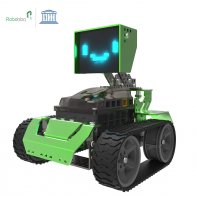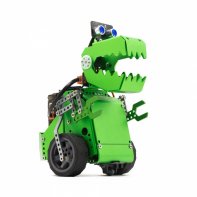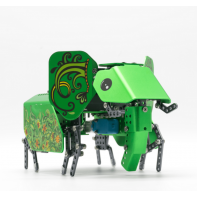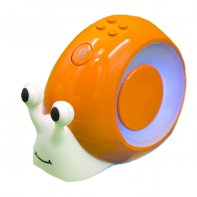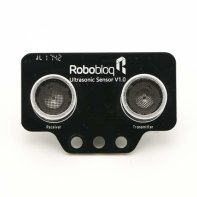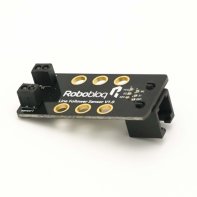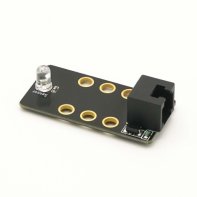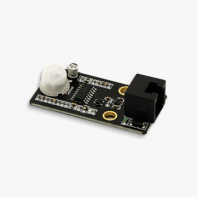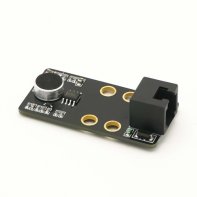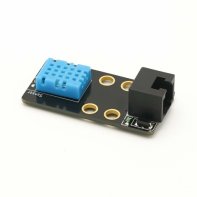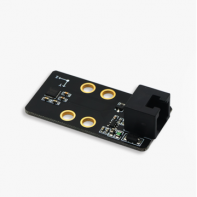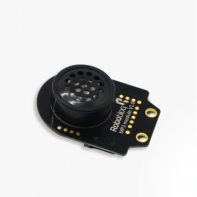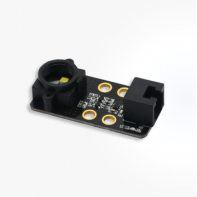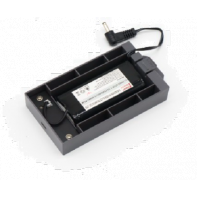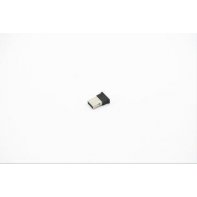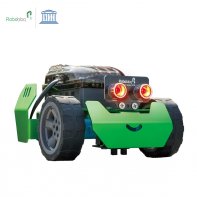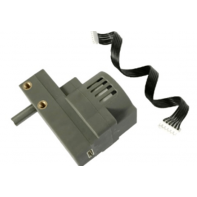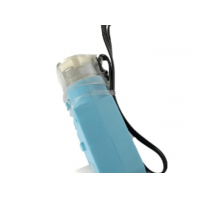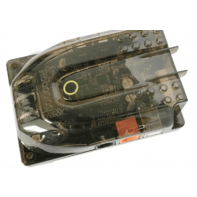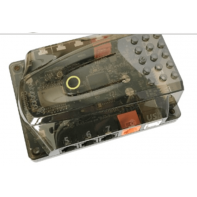
Robobloq
Robobloq is a company based in China whose robots are distributed throughout the world including Europe. This new high-tech player has made education through robotics its number one objective. Robobloq offers educational robots, both programmable and non-programmable, that bring a new wind to the educational programs of schools.
Robobloq offers not only educational robots but also teaching materials, exchange materials between teachers from all over the world and various modules to get to grips with robotic competitions and other challenges that could be faced by classes and schools.
The 3 aspects of Robobloq educational robots are as follows:
Mechanics : Robobloq robotic construction kits are made up of more than 500 resistant aluminium parts, thanks to which children can tackle mechanics and its functioning through construction: beams, gears, shafts, motors... Robobloq has understood the importance of robotic manufacturing for children by offering non-toxic, harmless, robust and reusable parts.
Electronics : Robobloq educational robots can be powered by more than 40 different electronic modules, the main ones are available on request on Robot Advance: camera, USIM module, memory, solar module, gas or pressure sensor. All these modules are easily programmable in two ways: visual drag and drop for novices and Python, JavaScript, C++ and Swift for the more experienced.
Software and application : the objective of Robobloq educational robots is of course to learn construction, electronics and mechanics but also programming languages, STEM and the control of different robots. Everyone can then build, code and customize them via a fun and entertaining dedicated application. Children can improve their logical thinking through a quickly learned interface. The more experienced can also explore more advanced techniques with Robobloq educational robots based on Arduino.
Robobloq is one of the only companies to offer an innovative way to teach programming and sequences to the youngest without using a screen. This is possible thanks to the robot Qobo, a snail that uses its reader to read the colors of different maps and plot its way to explore the world.



